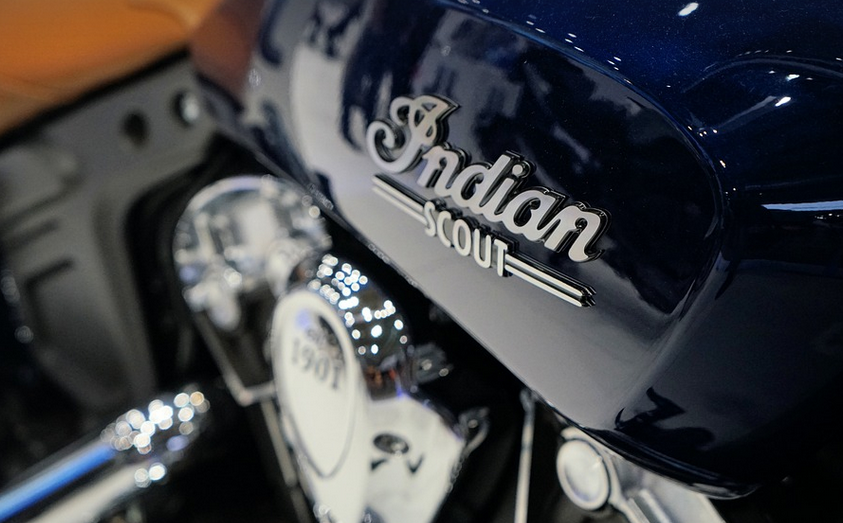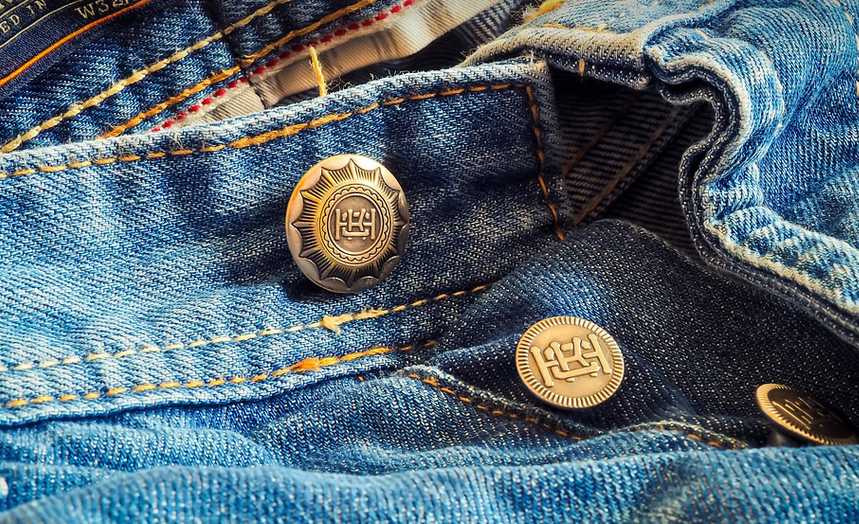Bit And Bridle Clothing: A Style Guide For Equestrian Enthusiasts

A Deeper Dive into Riding Apparel
The world of equestrian apparel is an exciting blend of practicality and style. From the rugged terrain to the elegant show ring, riders need clothing that can handle the demands of a day at the barn or a competition. One essential element in this realm is “bit and bridle” clothing – a category focused not just on functionality but also on fashion. This article will explore this particular category of clothing, taking you through its history, components, and styles.
The term “bit and bridle” clothing encompasses items specifically designed for riders and individuals who interact with horses in various ways, from grooming to training and even just casual outings around the stable. It’s about creating a connection between rider and horse, one where both can feel comfortable and confident within their unique attire.
Historically, riding clothing was heavily influenced by working farm life and equestrian sports like polo. Early designs emphasized durability over fashion, utilizing practical materials like sturdy wool blends and denim for pants and shirts. The focus was on functionality and practicality; a rider’s comfort and the horse’s well-being were paramount.
Over time, however, the world of equestrian clothing has witnessed a fascinating evolution in both style and functionality. Modern “bit and bridle” clothing incorporates elements of fashion while maintaining its core focus on functionality. This shift reflects the growing trend of horseback riding as a more widespread hobby, with individuals seeking to express their passion for horses through unique personal styles.
A key component in this category is the “bridle cover.” Often crafted from leather or canvas, these covers offer both practicality and style. They can be tailored to various horse breeds and are made to protect the bridle from damage, dust, and moisture. Some designs feature intricate stitching patterns and decorative elements that add a touch of elegance to the rider’s outfit.
The “bit” is another crucial element in bit and bridle clothing. It’s a small metal or leather device that fits on the reins and helps control the horse. The bit design is as varied as the horses themselves, with different sizes and shapes catering to specific breeds or riding styles. A key concept within this category is “bitless” riding, where riders don’t rely solely on reins. This method has gained popularity for its ability to build trust and communication between rider and horse.
As the equestrian world evolves, so have the materials used in bit and bridle clothing. Lighter-weight fabrics like moisture-wicking synthetics are now commonplace. These newer materials offer improved breathability and comfort while keeping riders protected from the elements. Additionally, colors and styles are becoming bolder, with bright hues, eye-catching patterns, and modern cuts.
The evolution of “bit and bridle” clothing has also led to a growing interest in sustainable practices. Sustainable materials like organic cotton, recycled fabrics, and eco-friendly dyes are increasingly incorporated into these garments, reflecting a conscious commitment to the environment.
One must remember that “bit and bridle” clothing goes beyond just attire for riding. It also allows riders to express their individual style and personality. For example, some choose jackets with intricate embroidery or coats featuring unique designs. These choices reflect personal aesthetics and add a touch of individuality to the rider’s look.
The “bit and bridle” clothing culture is alive and well, with passionate enthusiasts continuously pushing the boundaries of style and functionality. As the equestrian world continues to grow in prominence, we can expect this trend of blending practicality and fashion to continue evolving, catering to a wider range of riders and their unique preferences.


